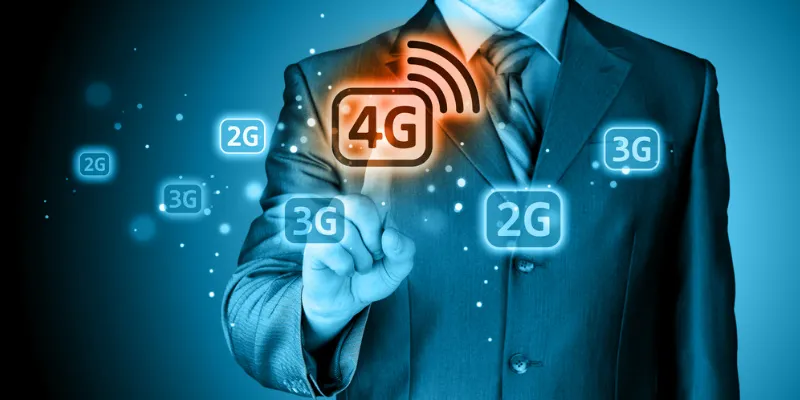India has 86.3 pc 4G availability but the lowest speed among 88 countries - Open Signal State of LTE
At 6.07 mbps, India had the lowest speed among 88 countries. India’s average download speed has come down from its previous report in November 2017, for which the sample period of was July 1 to October 1 2017. India’s 4G availability on the other hand, has gone up from 84.03 percent in November 2017 to 86.26 percent.
In OpenSignal's latest global report, 50 billion measurements collected in the 4th quarter of 2017 to compare 4G performance in 88 countries, were analysed. 4,852,320 test devices were used.
OpenSignal measures the real-world experience of consumers on mobile networks as they go about their daily lives. They collect two billion individual measurements every day from tens of millions of smartphones worldwide.
The measurements are collected at all hours of the day, every day of the year, under conditions of normal usage, including inside buildings and outdoors, in cities and the countryside, and everywhere in between. By analysing on-device measurements recorded in the places where subscribers actually live, work, and travel, OpenSignal reports on mobile network service the way users truly experience it.
The fastest LTE speeds seem to have hit a plateau at around 45 mbps. For the last several global reports, the report has failed to see any sizable increase in 4G speeds among the top performing countries, and the Holy Grail of 50 mbps remains just as elusive. While 4G speeds have stalled in much of the world, there were a few regional exceptions.

There are some sizable increases in speed in multiple European countries, most notably the Netherlands and Spain. In North America, Canada's speeds surged past 30 mbps on the strength of Telus's recent LTE upgrades, while the US regained the lost momentum caused by AT&T and Verizon's reintroduction of unlimited plans.
For the last eight years, the global mobile industry has relentlessly pushed the limits of 4G technology to milk as much speed out of its networks as possible. Through LTE-advanced upgrades, improved smartphone technology and new spectrum, mobile operators have elevated average 4G speeds first beyond 20 mbps, then beyond 30 mbps, and in the last two years, beyond 40 mbps. But the industry seems to have reached a limit to what current technology, spectral bandwidth and mobile economics can support on a nationwide level. For the last several State of LTE reports, OpenSignal has found that in the fastest countries average LTE download speeds have stalled at just over 45 Mbps. The industry is still waiting on that spark that will push speeds beyond 50 mbps on a national level.
At 6.07 mbps, India had the lowest speed among the 88 countries. India’s average download speed has come down from their previous report in November 2017, for which the sample period of was July 1 to October 1 2017. India’s 4G availability on the other hand, has gone up from 84.03 percent in November 2017 to 86.26 percent.
The report measures the average download connection speed that users in each country see when connecting to LTE networks. Though some operators sometimes refer to HSPA or other technologies as 4G, the study only counts LTE connections in our 4G speed tests.
How fast a country's 4G speed is can depend on many factors: how much spectrum is devoted to LTE, whether it has adopted new 4G technologies like LTE Advanced, how densely networks are built and how much congestion is on those networks. In general, the countries with the fastest speeds tend to be the ones that have built LTE-Advanced networks and have a large proportion of LTE-Advanced capable devices.







